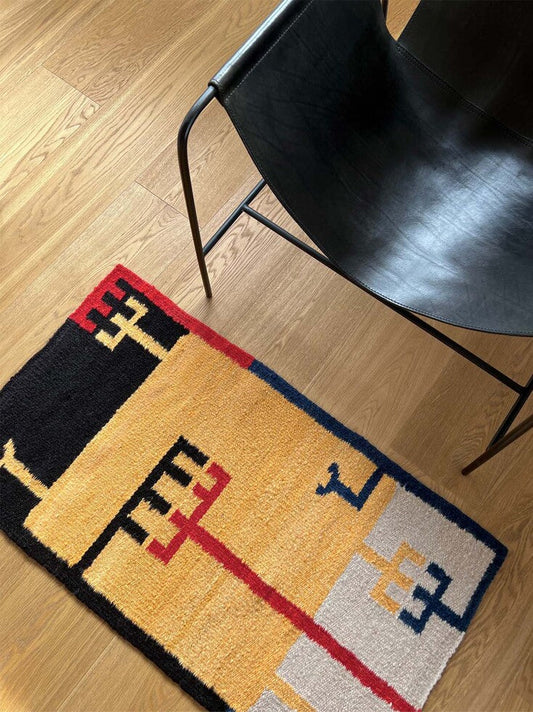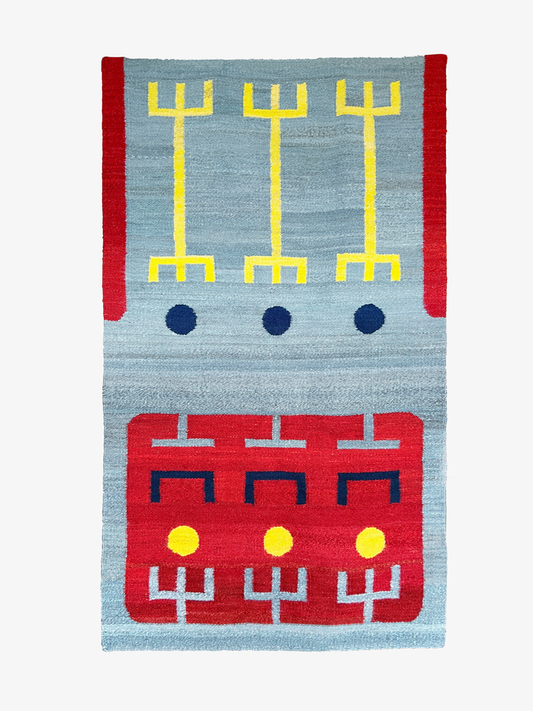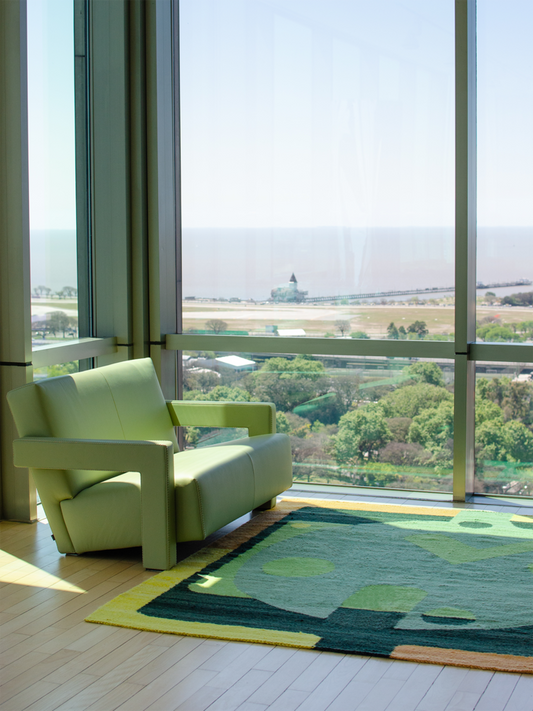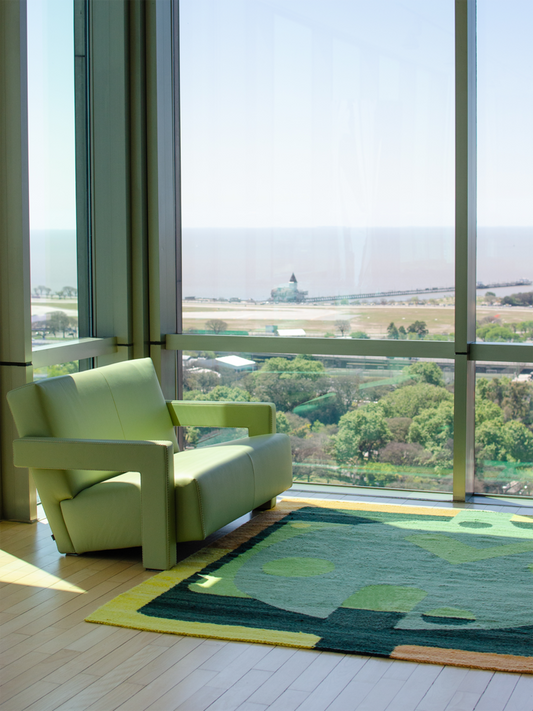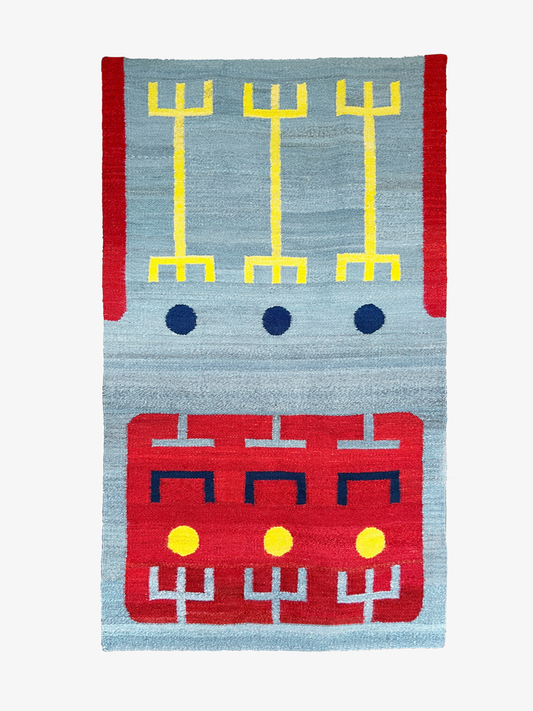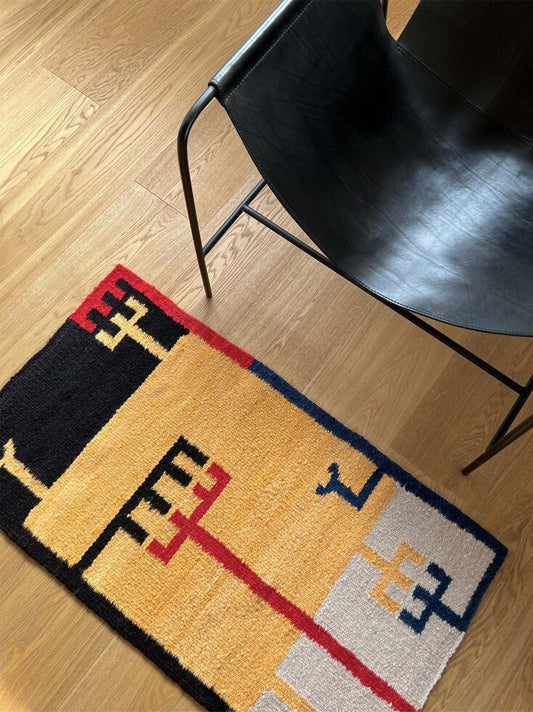grippo-page
-
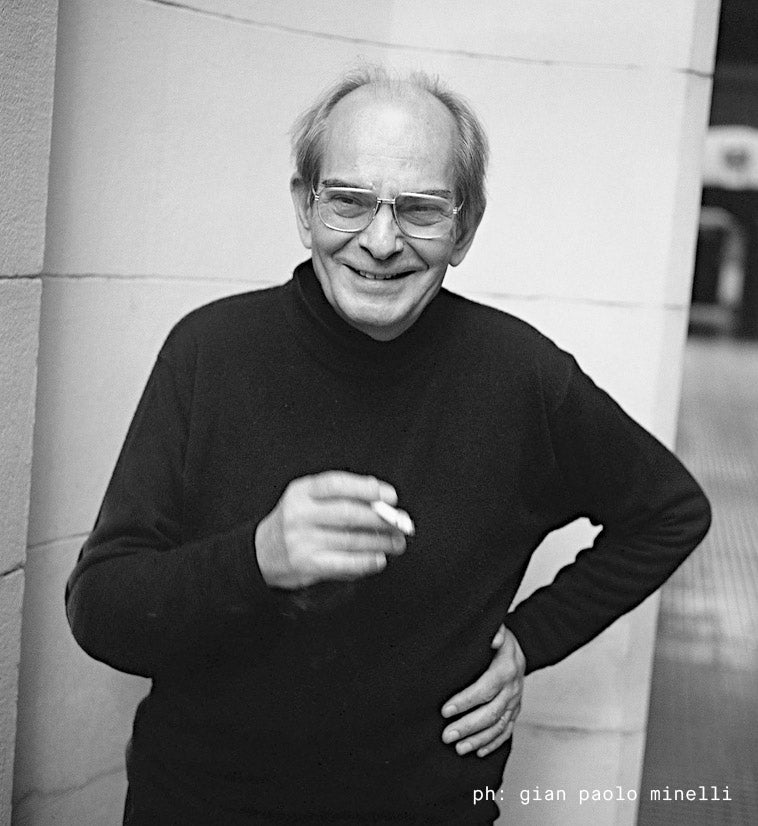
-
Víctor Grippo (Junín, 1936 - Buenos Aires, 2002)
“When Man made his first tool, he simultaneously created his first useful object and his first work of art. (...) Perhaps one day (...) we will regard art and labor as one sole human ritual”.
As a boy in his native Junín, Grippo helped his parents in their crafts and assisted an Italian blacksmith. These early teachings would resonate throughout his future career, as a vindication of traditional trades and manual work in relation to nature. In 1954, he settled in La Plata to study chemistry, but after a few years traded in favor of Art. He studied at the Escuela de Bellas Artes in La Plata, where he attended the Vision courses taught by Héctor Cartier, and other seminars on Industrial Design and Visual Communication.
In 1961 he participated in the “Grupo Sí”, a collective of young artists from La Plata who adhered to Informalism. But he soon began to investigate and explore the interactions between art, science and technique, which would be key in Grippo's later work. This sprung a series of oil paintings, in which abstract geometry meets the visual language of circuits or electrical blueprints.
Around 1970, he joined the CAyC group (Center of Art and Communication), famous for promoting various versions of Conceptual Art in Argentina. Between 1971 and 1977, Grippo produced a series of works called Analogías (Analogies), in which he emphasized the energy contained in natural products such as potatos, cereals and vegetables, as opposed to the cultural world constructed by men. In his later installations, from the late 70s onward, the recognition of ancient crafts and techniques enabled him to reflect on the figure of the artist- craftsman, who proceeds as an alchemist, transforming matter into a medium for ideas and poetic metaphors.


